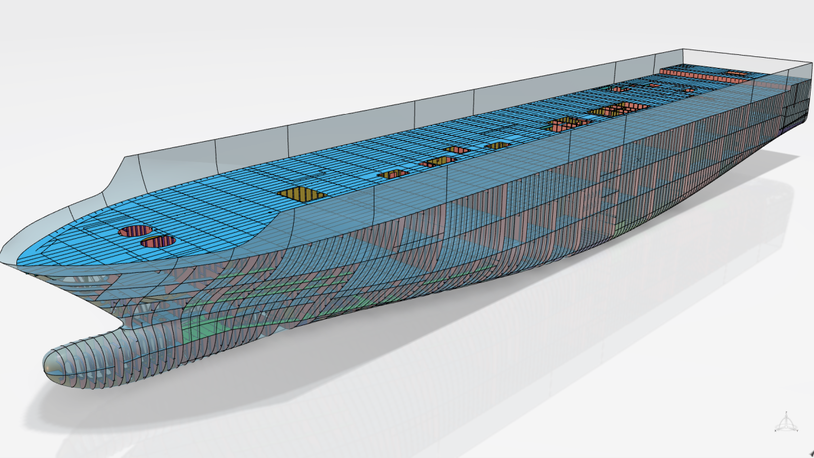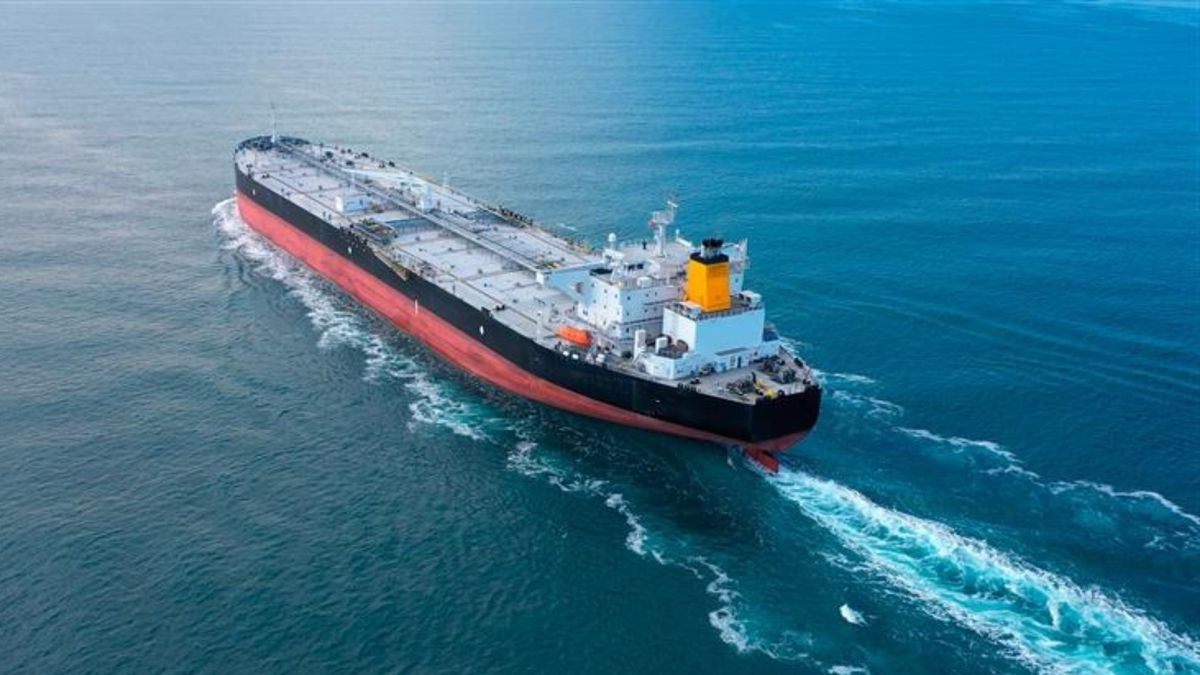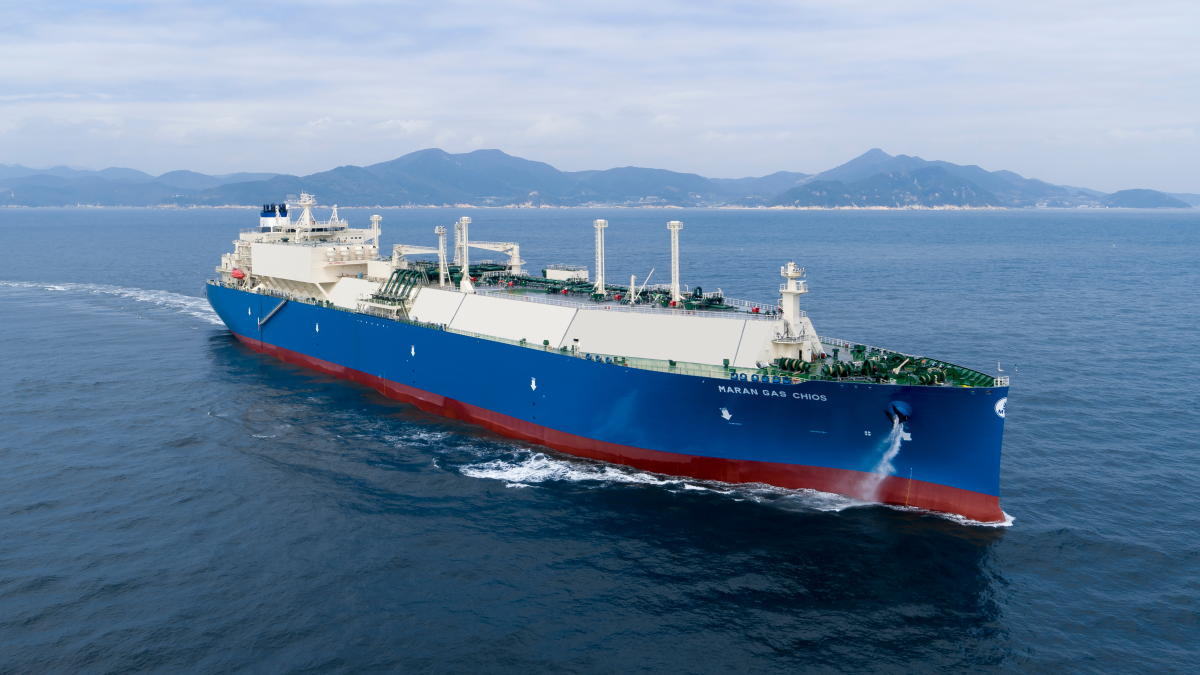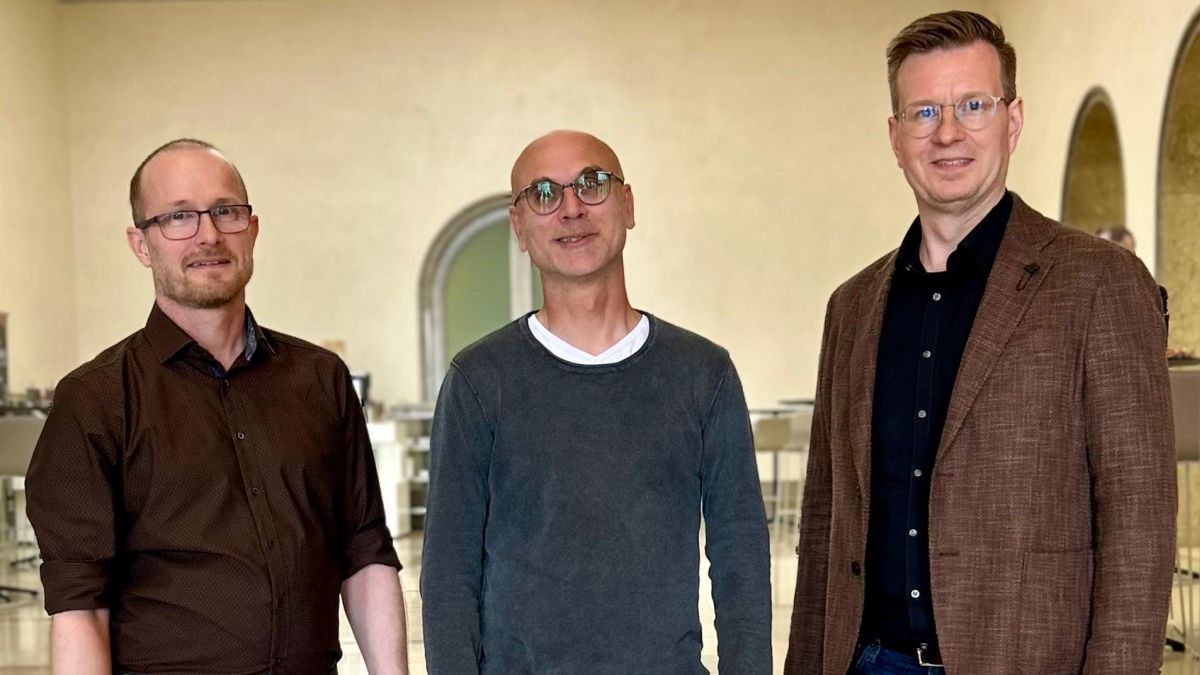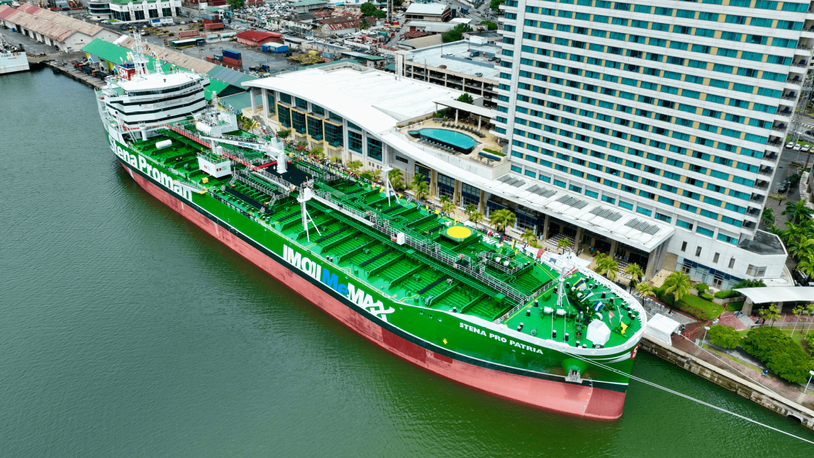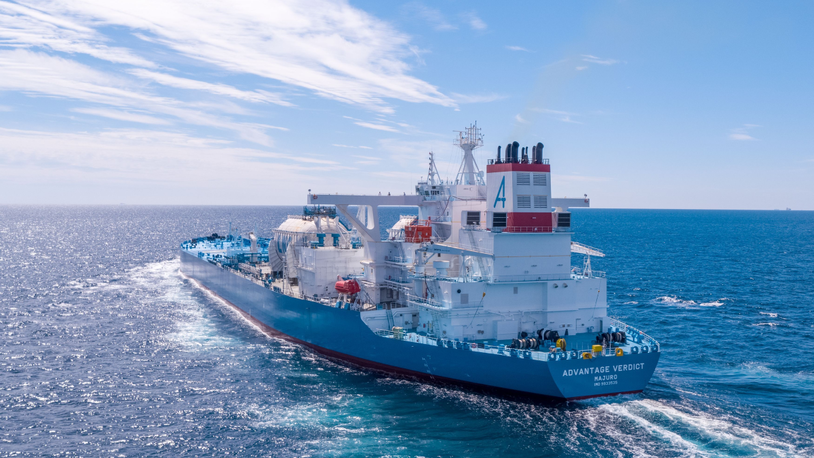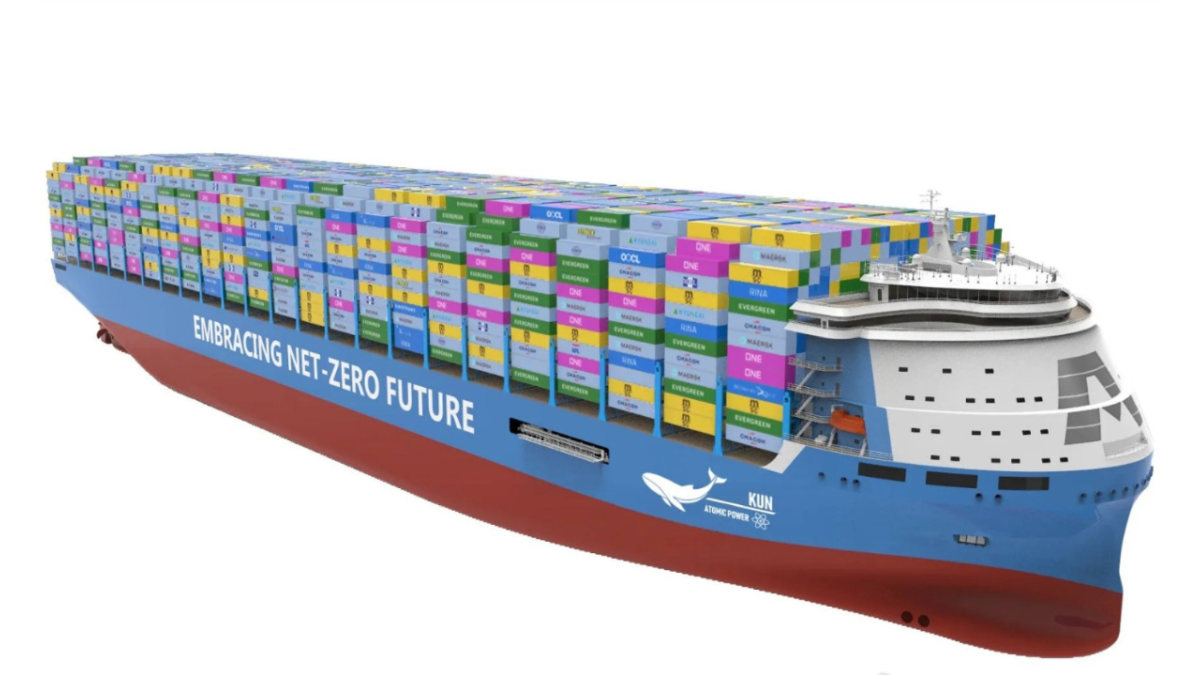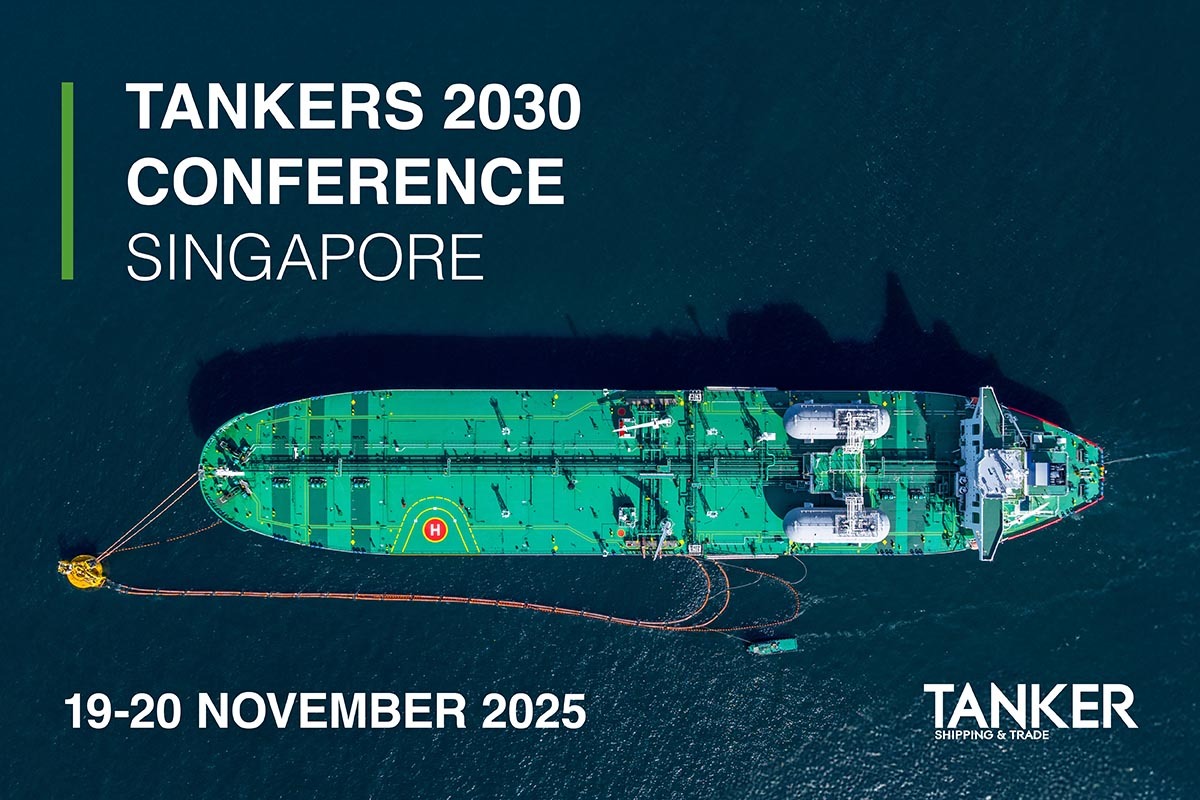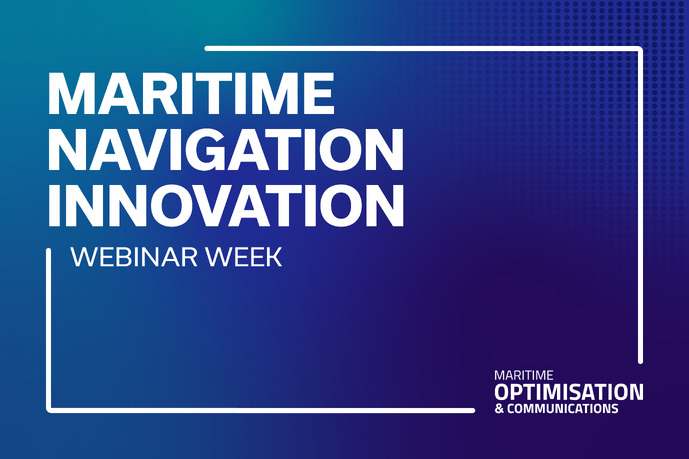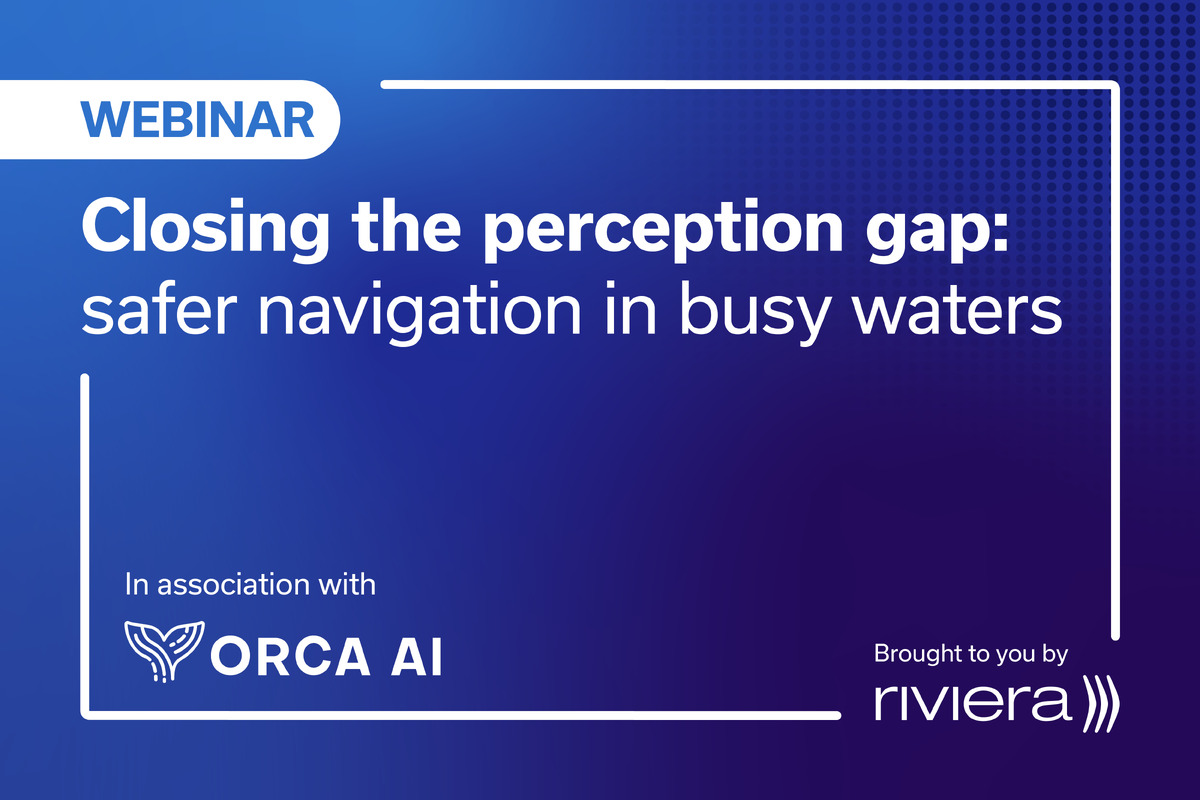Business Sectors
Contents
Ports ‘connect’ to increase efficiency
Productivity gains, increased competitive pressures and worker safety in the post-Covid, post-Brexit world are increasing digitalisation and improved connectivity at ports
Ensuring the smooth flow of goods and increased worker safety in the post-Covid, post-Brexit world are driving the need for increased digitalisation and improved connectivity at ports. This is clearly the approach that PD Ports – one of the UK’s largest port groups – has taken in reimagining Teesport as a ‘smarter port’ in a multi-phase project.
Under an initial phase, PD Ports will use the same digital platform as the Port of Rotterdam at Teesport to allow for increased data exchange, improving efficiency and transparency. PD Port’s aim is to deploy the Port Community System (PCS) at Teesport to reduce the need for and reliance on personal interaction and paper-based transactions. Brexit has resulted in increased red tape for those importing and exporting goods between the UK and Europe.
“By working with our colleagues in Rotterdam we can build direct links with Teesport’s biggest single supply route, connecting not only PD Ports but the entire community on the river to the largest port in Europe,” says PD Ports chief executive Frans Calje in a press statement.
Mr Calje adds “In utilising Rotterdam’s developed PCS at Teesport, companies managing the flow of cargo between the UK and the Netherlands – for the Netherlands directly or the wider EU market – will have the convenience of using the same system for goods moving in both directions.”
A gateway to the North Sea and international trade, Teesport handles about 28M tonnes of cargo annually, covering dry bulk and project cargoes, metals, agribulk, forest products and containerised cargo.
Teesport receives some 26 vessel calls weekly, connecting to ports in the Baltics, Belgium, France, the Netherlands, Poland, Russia and Scandinavia. Loading and unloading operations are handled at two container terminals with a total capacity of 650,000 TEU, facilitated by seven RTG cranes and five ship-to-shore cranes.
Container vessels and roros regularly sail between Teesport and Rotterdam. Using PCS to enhance their data exchange, the ports envision improved insight into vessel arrivals and departures at both ends, leading to improved operational efficiency.
As Statutory Harbour Authority of the River Tees, PD Ports is responsible for vessel traffic management and ensuring the safe navigation of vessels as they access Teesport. Implementing PCS will provide a single information platform for live shipping movements, meteorological and environmental data, as well as providing the ability to initiate vessel visits to Teesport.
As part of its research, the port operator consulted with river users ahead of committing to the PCS of choice, with key partners Svitzer, Graypen and ConocoPhillips all trialling the system prior to launch.
Regarding the implementation of PCS, Graypen agency manager Dan Heritage says “it was important to me that the system not only works to streamline the operations and communications within Teesport, but also provides a hub for port activity where users from various services around the river could interact and work together, using technology to our advantage.”
Port of Rotterdam director René van der Plas says “With the UK as one of the most important trade partners in Europe and approximately 40M tonnes of cargo heading there from Rotterdam each year, it makes sense to try and optimise the supply chains and the transportation between the two ports,” adding, “That’s also where digitalisation is very important, because by making things digital you will enhance transparency and efficiency.”

Connectivity and IoT
Productivity improvements are the aim of the digitalisation efforts of the UK’s largest container port, Hutchison Ports’ Port of Felixstowe.
Along with partners Three UK, Cambridge University and Blue Mesh Solutions, and subcontractors Ericsson and Siemens, the Port of Felixstowe will test the potential of using 5G to enable remote-controlled cranes via the transmission of CCTV and deploy IoT sensors and AI to optimise the maintenance cycle of Felixstowe’s 31 quayside and 82 yard cranes.
Harnessing the speed, low latency and high capacity of 5G, the government-backed 5G Ports project is looking to demonstrate the productivity and efficiency gains of the technology, while reducing unplanned outage.
Looking to leverage 5G technology, the UK’s Minister for Digital Infrastructure Matt Warman says “Our ports will be more vital than ever as we forge an ambitious new global trading position for the UK post-Brexit, so I’m eager to see what 5G can do to maximise efficiency at Britain’s biggest and busiest container port in Felixstowe.”
Hutchinson Ports UK chief executive Chris Lewis says “Being the largest UK port to introduce 5G technology will allow the Port of Felixstowe to deploy innovative technologies to boost efficiency and improve the safety of our workforce. It ties in well with government policy to create a network of Freeports to act as hotbeds for innovation and to act as hubs for global trade.”
Handling some 3.3M TEU annually, the Port of Felixstowe, together with Hutchison Ports’ Harwich International Port, is part of the Freeport East project team to create a major Freeport centred on the two east coast ports. The port says it hopes the 5G trial will help deliver on the government’s objective for Freeports to act as hotbeds for innovation.
The £3.4M (US$4.6M) project has received £1.6M (US$2.2M) in funding from the government as part of 5G Create, a competition within the 5G Testbeds and Trials Programme to support innovators exploring new uses for the technology.
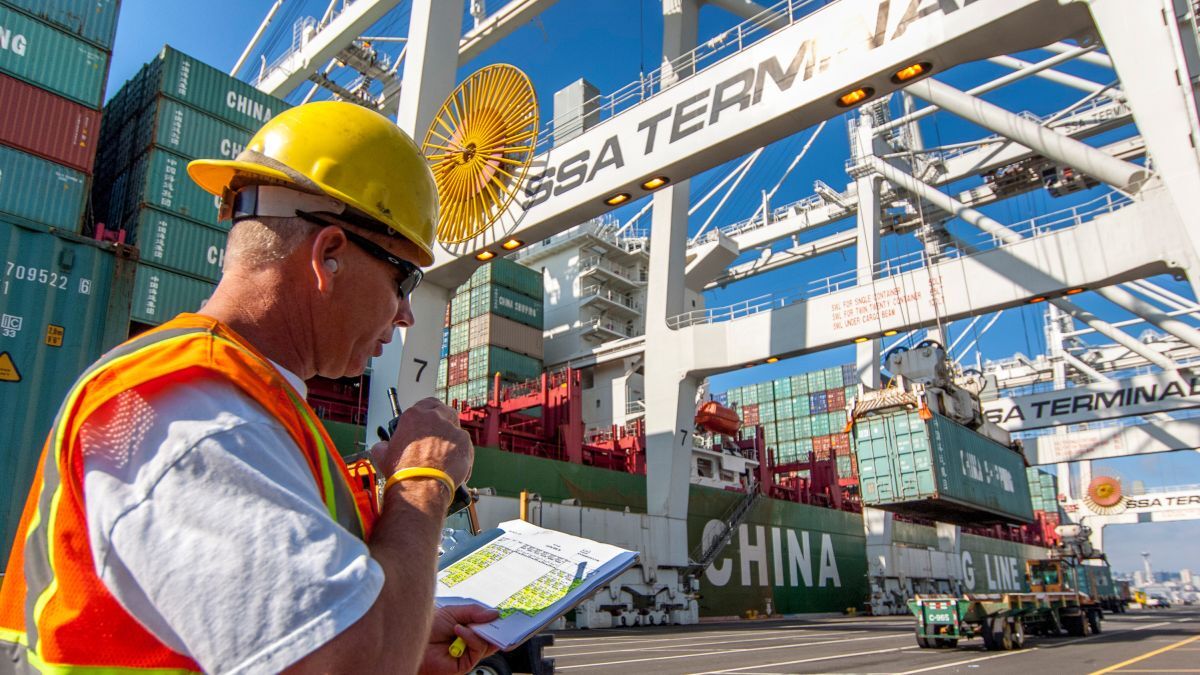
Port of Seattle to add 5G
In the US, an LT and 5G network will be deployed in the Port of Seattle’s Terminal 5. It has contracted Nokia and Carrix Inc subsidiary Tideworks Technology to deploy a digital automation cloud (DAC) in the container terminal.
This comes after successful proof-of-concept trials of Nokia’s DAC at SSA Terminal’s Oakland International Container Terminal in California and as Nokia signs an agreement with Cargotec subsidiary Kalmar to combine their communications and cargo handling technology.
SSA’s Terminal 5 in Port of Seattle is part of the Northwest Seaport Alliance, one of the largest container gateways in North America by total combined inbound and outbound TEU volume.
Installing the LTE/5G network is part of a major modernisation project at Terminal 5 as it is upgraded to handle ultra-large container ships. This Nokia private wireless network will augment existing wifi for enhanced redundancy and availability, to increase efficiency, worker safety and terminal handling performance by reducing the complexity of port flow.
The Nokia private network will be deployed over Globalstar-licensed Band 53 and Band 48 (CB radio service-licensed) to enable seamless switching between bands and cells and provide multiple layers of redundancy. A geo-redundant core in the port will provide secure, highly available and low-latency data connectivity and control.
DAC connectivity across Terminal 5 operations will be available indoors, in cranes, trucks and lifts and will be used for communications between logistics parties.
Nokia will supply ruggedised tablets and smartphones for terminal-wide, mobile voice communications and yard inventory applications.
Tideworks Technology vice president of IT Amanda Gress says the Nokia DAC platform was proven during rigorous testing at SSA Terminal’s in Oakland. “It is a logical next step to improve our terminal operating system reliability and ramp up future operational applications that require reliable and secure high-bandwidth performance,” Ms Gress says.
Nokia vice president of US enterprise sales for cloud and networking services Matt Young says installations in container terminals illustrate the benefits of private wireless in a port and in intermodal operations.
“Nokia DAC enables fast, resilient, cable-free operational connectivity,” he says. “It also incorporates voice services and an edge computing platform that can handle terminal operating system data and industry-specific applications.”
Nokia and Kalmar have joined forces to provide communications and cargo handling technology for ports and intermodal terminals, installing private wireless networks with Kalmar’s cargo handling equipment.
Kalmar president of automation solutions Antti Kaunonen says port and terminal operators can leverage combined technologies for productivity gains. “By integrating our solutions with the latest Nokia digitalisation innovation, we can deliver a new generation of offerings that transform port terminal operations,” he says. “Secure, reliable, high-bandwidth, low-latency connectivity is an essential part of that equation.”
Nokia and Kalmar will incorporate Nokia 4G and 5G private wireless for use with straddle carriers, automated stacking carriers and RTG cranes.
This collaboration agreement builds on an arrangement in 2019 between Kalmar and private LTE network provider Ukkoverkot (now Edzcom) and Nokia to build wireless digitalisation infrastructure for ports and terminals.
Ample room for digital growth
There appears to be ample room for digitalisation at ports. Port management software provider InnovezOne claims the majority of the world’s 4,900 ports are not yet using digital technology for even the most basic processes. It says 80% of ports continue to rely on paper-based solutions to manage critical marine services such as towage, pilotage and launch boats, making them commercially vulnerable and less able to compete.
As a result, the ‘last mile’ of a journey at sea is the weak link in the global logistics chain, opening up risks of delays, late payments, increased fuel consumption and emissions, reduced revenues, and even safety concerns stemming from a lack of traceability, says the Singapore-based software developer.
“The current dynamic reflects the often-messy reality of port operations, which is a blend of high-tech digital and paper-based, manual processes sitting side-by-side,” says Innovez-One chief executive David Yeo. “This causes issues in relation to interoperability, where systems are not talking to each other properly, which is impeding effective execution. However, it also highlights that while global supply chains are becoming increasingly automated, of which ports are an integral part, the majority of ports still overwhelmingly rely on person-to-person systems.”
The ramifications and missed opportunities for ports from increased efficiencies, revenues, sustainability and competitiveness are significant. Innovez-One points out that towage operators are missing out on the opportunity to make substantial savings on their annual fuel costs by reducing the mileage of tugs while saving yearly maintenance costs and personnel costs.
Innovez-One designed and engineered marineM, an AI-powered platform for managing seaports and nautical service operators’ entire operations, linking together each stage of the towage and pilotage chain. This includes job management, planning and dispatch, tracking, monitoring and billing, creating an ecosystem that integrates the whole process, from booking berths to billing.
marineM has been used in some of Asia’s busiest ports, such as Singapore and Tanjung Priok in Indonesia.
In 2016, Portsmouth Port on the south coast of England implemented marineM for integrated functions pertaining to marine orders, operations and billing.
Related to this Story
Events
International Bulk Shipping Conference 2025
Tankers 2030 Conference
Maritime Navigation Innovation Webinar Week
© 2024 Riviera Maritime Media Ltd.



